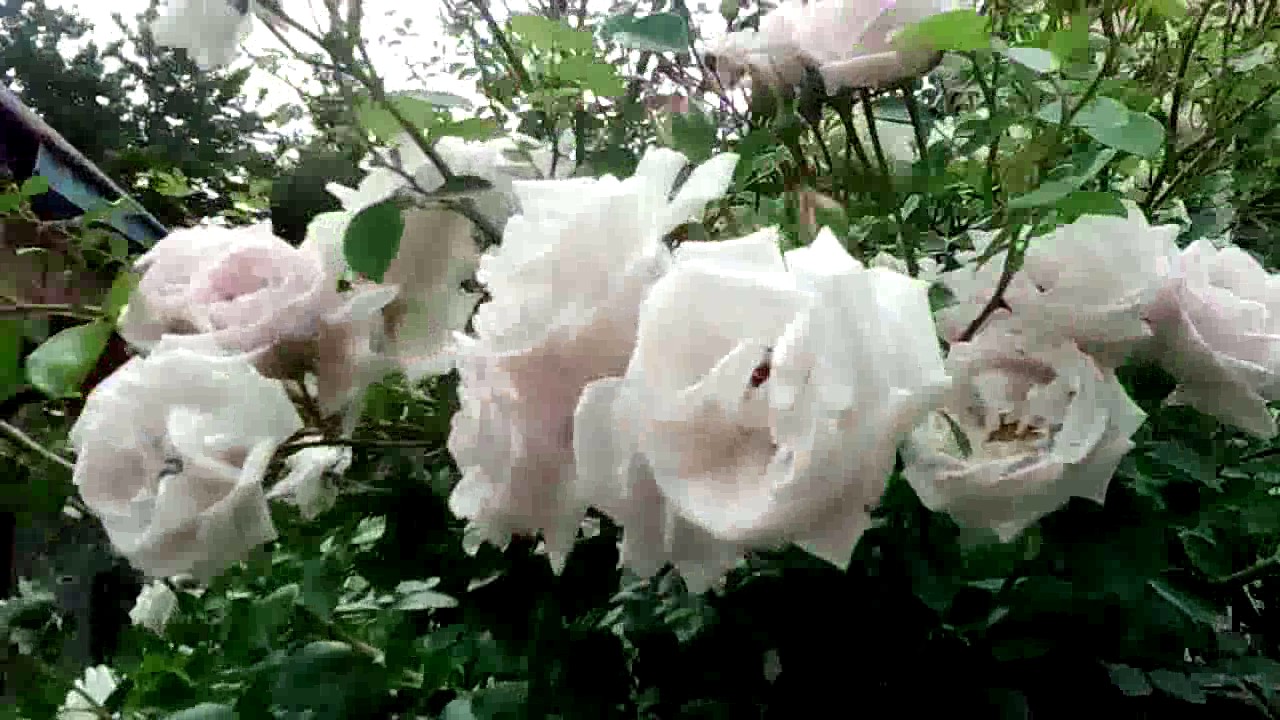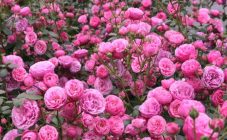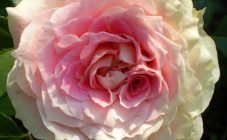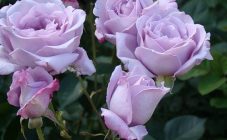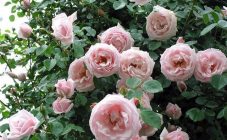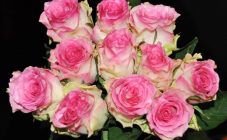Content:
The design of a private plot for the owner is a rather complicated matter. It has long been known for its successful use in its design - the use of climbing roses for entwining hedges, gazebos, columns. Especially if paired with red roses there are white ones. A win-win option is to pay attention to the decoration of the site with a Schneewalzer rose - translated as “Snow Waltz”. In 2001, at a competition in Geneva (Switzerland), the rose received the title of "Golden Rose".
Rosa Schneewalzer is climbing. She is very beautiful, so her description is accompanied by expressions such as:
- “In half-dissolution - the countess, in full dissolution - the empress”;
- "The most beautiful white rose";
- "Soul of the garden".
This variety is popular in Western Europe and Scandinavia. The variety was bred relatively recently, in 1987.
Characteristics and features of the variety
Schneewalzer roses are perennial vines.
- Tall plant - up to 3 meters, width - up to 2 meters. An adult bush occupies up to 2.5 m². Flower size from 14 to 16 cm, in shape - hybrid tea. The foliage is abundant, dark green.
- Zones of frost resistance are from -6.7 to -23.3 degrees, so it can be grown in many regions of the country by properly covering the bush.
- Blooms by the end of June (depending on the climate of the landing region). The flowers have a delicate aroma. At the first intense flowering, one flower appears more often on long stems, sometimes 2-3, then more moderate waves until the end of summer.
Climbing rose Schneewalzer: planting and care
It is not difficult to care for this variety, as well as to grow it.
Landing
For planting, choose a spacious, elevated sunny area (for the southern regions, the best place is where it is before noon under the sun, and after - in partial shade).
Both autumn and spring planting in the ground is possible, the main thing is that the plant has time to take root.
The soil should contain humus, peat, humus and phosphorus fertilizers.
The landing angle in relation to the support is 30 degrees.
Care
Adult rose bushes are fed in spring with nitrogenous fertilizers, and during the flowering period - with complex mineral fertilizers. It is important during this period to exclude nitrogen fertilizers and manure.
Be sure to cut off the old and thin stems that thicken the bush, depriving it of food and color.
You do not need to water the rose often, it is important to soak the ground well, about 20 liters.
After flowering, remove all faded buds, they slow down the onset of the second flowering.
Preparation for winter and wintering
You need to cover the rose in late October - early November (take into account the landing region), but you need to bend the lashes to the ground earlier. It is better to press with arcs (the lashes are in the tunnel) and only lay the covering material on them, without using heavy ones.
Protection from frost without snow - abundant watering in October-November (see weather conditions).
Reproduction
The Schneewalzer rose is propagated only by cuttings in order to preserve varietal qualities.
Advantages and disadvantages in comparison with other varieties
| Benefits | disadvantages |
|---|---|
| Large flower | The flower is damaged by the rain |
| The flower exudes aroma | 2-3 buds on the shoot |
| Continuous flowering (new bud formation) - 2 waves of flowering | Propagated only by cuttings |
| Resistant to various diseases |
You can decorate a gazebo, an arch or decorate small defects on the hedge with the help of a spreading, large-flowered, fragrant Schneewalzer rose.

